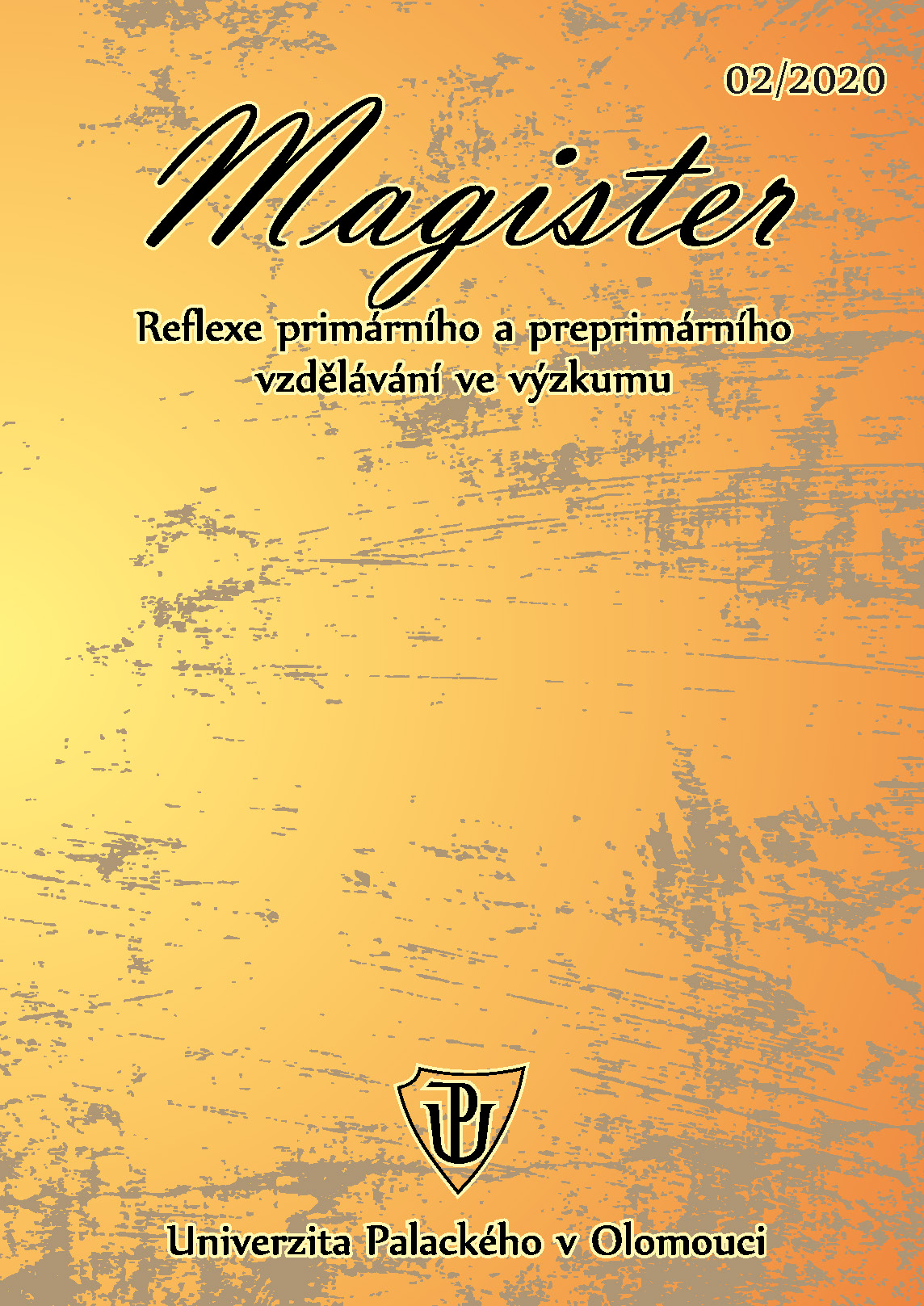Male and female teachers as initiators of cultural activities in Zadar and Dalmatia in the 19th century
DOI:
https://doi.org/10.5507/magister.2020.133Keywords:
Male teachers, Female teachers, Cultural activities, The Kingdom of Dalmatia, 19th century, ZadarAbstract
This paper aims to point out the role of teachers in the social and cultural life of Zadar and Dalmatia in the 19th century, which is not known well enough because teaching had always been in the shadow of politics, and it dealt with it only during major social and national movements. Teachers were seldom the initiators and leaders of such activities, and the real power was in the hands of state and church structures that were their immediate superiors. Therefore, teachers' influence was manifested mostly at the micro-level and with their profession. Only in the seventies of the 19th century did they become more actively involved in social events, which could be considered as the beginning of teachers' organization in Dalmatia and intensifying connections with teachers from mainland Croatia. They increasingly wrote about life and events in their environment and published their writing in the professional and political press. They participated in the work of professional bodies that published reports and contributions of their members, giving suggestions for improving the teaching process and methodology, as well as the community's cultural life. The paper also points to teachers' role in the organization of cultural events, exhibitions, stage and music performances, art workshops, workshops for handicrafts of girls and boys, courses for adults, and others.
References
The state Archive in Zadar :
HR-AZDN-2: Biskupsko školsko nadzorništvo u Zadru, 1837-1869
HR-DAZD-88: Vlada/Namjesništvo za Dalmaciju, 1890
HR-DAZD-105: Kotarsko školsko vijeće, 1869-1918
HR-DAZD-479: Zbirka rukopisa: Società Filarmonica: straordinari: 1859. - 1894. Sv. 1-2, Rkp. 72/1-2.
Newspapers and Journals:
Amico dei pargoli (1911.-1918.)
Il Dalmata (1866.-1916.)
Glasnik dalmatinski (1849.-1866.)
Magazin srbsko-dalmatinski (1854.-1859)
Narodni list - Il nazionale (1862.-1920.)
Smotra dalmatinska-La rassegna dalmata (1888.-1918.)
Zora,(1918)
BACALJA, Robert. (1994), Pučka škola u Preku (1842-1918), Radovi Filozofskog fakulteta u Zadru /Razdio filozofije, psihologije, sociologije i pedagogije 32 (9) 95-102.
FUČIĆ, Banko. (1980), Glagoljica i dalmatinski spomenici, Prilozi povijesti umjetnosti u Dalmaciji, 21, 1, pp 274-284.
KATIĆ, Mirisa. (2019), Uloga žena u kulturnom životu Zadra u 19. i u prva dva desetljeća 20. stoljeća, doktorski rad. Zadar: Sveučilište u Zadru. LJUBIČIĆ, Šime. (2010), Pučko školstvo zadarskog kotara od 1869. do 1920. godine, Nin, Matica hrvatska Ogranak Nin.
LJUBIČIĆ, Šime. (2017) Školstvo grada Nina, Matica hrvatska ogranak Nin.
MAŠTROVIĆ, Ljubomir. (1953), Kulturne bilješke, Zadarska revija, 2, 100-101.
MIMICA, Bože. (2010) Francuska uprava u Dalmaciji (1805.-1809.) i Ilirske pokrajine (1809.-1813.) s posebnim osvrtom na uporabu novca, u: Hrvati i Ilirske pokrajine /Les Croates et lesProvinces Illyriennes, Zagreb, Hrvatska akademija znanosti i umjetnosti, 509-534.
PEJIĆ, Pijo Mate. (2004), Slikar fra Josip Rossi, Radovi Zavoda za povijesne znanosti HAZU u Zadru, 46, str. 325-333.
PERIĆ, Ivo. (1974), Borba za ponarođenje dalmatinskog školstva 1860-1918. Zagreb: Hrvatski školski muzej.
PIPLOVIĆ, Stanko. (2000), Marija Jozefa, zaštitnica narodne umjetnosti Dalmacije, Ethnologica Dalmatica, 9, str. 139-150.
RADEKA, Igor (ed.). (2015), Časopis Zora (1917.-1918): paška perjanica Hrvatskoga
Katoličkog pokreta. Pag: Matica hrvatska, Ogranak.
Relazione della direzione della Società filarmonica di Zara: sull' andamento e sulla gestione economica della società stessa.(1859.-1863). Zara: Demarchi-Rougier, 1859.-1863.
SABALICH, Giuseppe. (1922), Cronistoria aneddotica del Nobile teatro di Zara: (1781-1881). Zadar: Angelo Nani.
STRÖLL, Antun. (1900) Pučko školstvo u Dalmaciji, Zadar, Tiskara P. Jankovića.
Downloads
Published
Issue
Section
License

This work is licensed under a Creative Commons Attribution-ShareAlike 4.0 International License.


